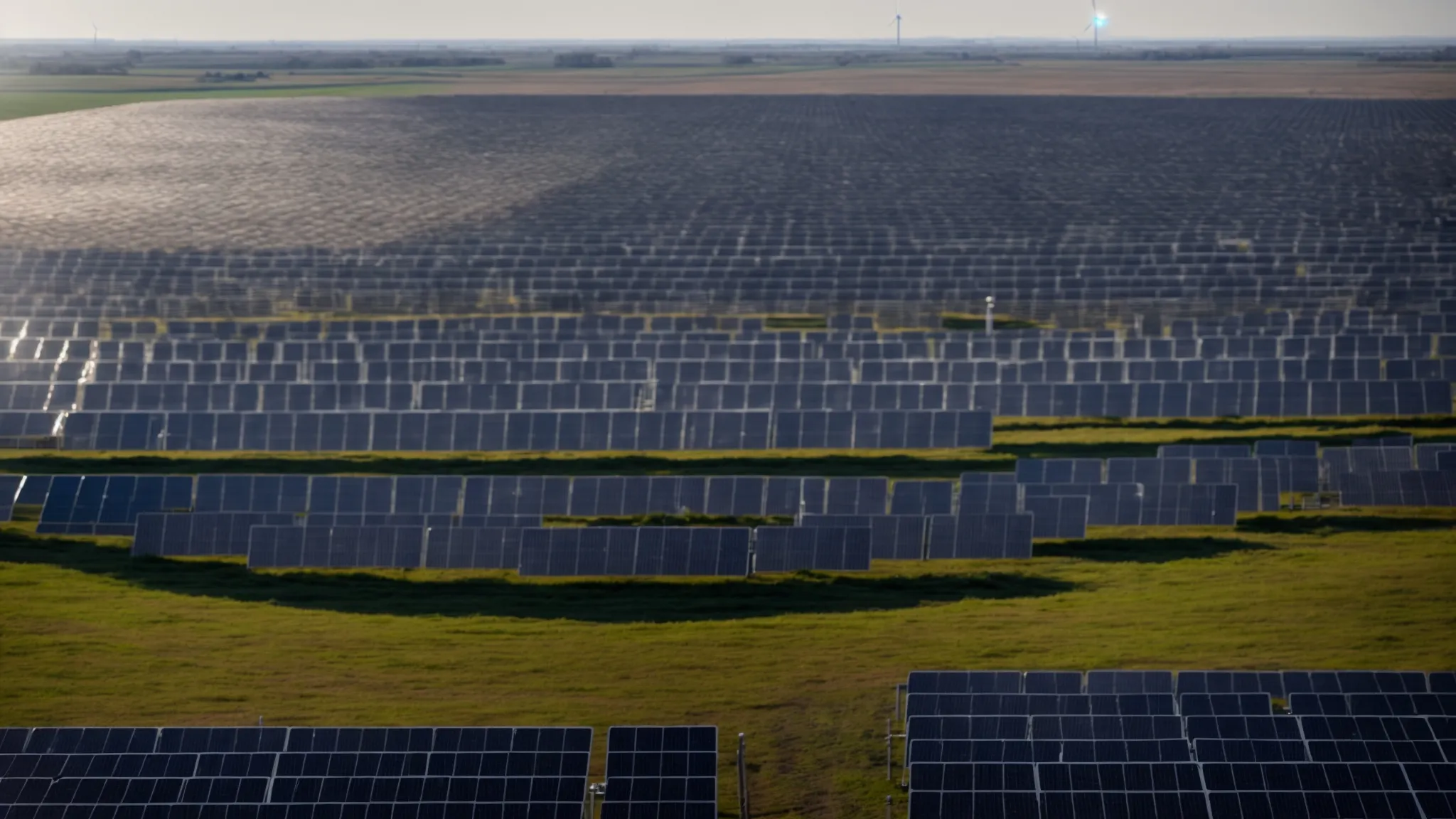Technology has created a wealth of advancements for nearly every aspect of life. In today’s world, a thermostat can be controlled from a smartphone and a steering wheel that can be driven by a computer system is in development. Even our HVAC system has become more complex over the years. Whilst these technologies have made life easier, they’ve also made it more expensive. However, this isn’t without a good cause and there are several reasons that your AC system costs more in the 21st century.
1. Airflow

How your type of system circulates air plays a big factor in how expensive your overall HVAC unit can be. With an older home, there often isn’t a central air source. They relied more on boiler systems, fireplaces, and other means to heat the whole house which aren’t ideal for airflow. When the homeowner wants to upgrade their heat systems, it can get expensive–especially if you are installing ductwork throughout the home. Ducts need to be routed from the unit to every space in the home you want to have airflow. This could be going through floors and ceilings as well as interior walls. An efficient way to improve airflow that many homeowners don’t consider is a ductless system. Ductless air isn’t that much different than a traditional system. They can also be a great money-saver during renovations because these systems don’t require ductwork installation. The installation process is faster than putting in a central HVAC system, and they offer more temperature control of the different zones within your home. Because upgrading to a central air system can be costly, using a ductless alternative can help mitigate your out-of-pocket price.
2. Electrical
As any technology evolves, its components also become more complex. Not only does the person installing your ductwork need to be concerned with airflow, but they also need to have a strong concept of its electrical work. It would be like the tow truck handling a car crash but also dealing with dental injuries after a car accident. Either the dentist happens to be a mechanic, or your repair guy works on people too. Essentially, the technician for the system has had to learn another skillset, which in turn creates a higher demand for their time and service. You’re paying them for the work of two people. Additionally, the central computers that are now operating these systems contain more expensive equipment. Any technician will tell you that when the CPU needs to be replaced, the cost of the repair skyrockets. It might even be cheaper to install a new outdoor unit. The sensors and monitors required also increase in number and are more sophisticated. Though your energy bills might be lower, your upfront cost will often be higher.
3. Humidity Control

The third cause of air systems being more expensive comes from humidity. Air ducts are pushing cool or warm air throughout a home to decrease or increase the overall temperature, creating a change in the air quality. Even a ductless heating system can experience issues with humidity control. Where the two different air temperatures meet, moisture in the air can be heated into humidity, and if it isn’t not properly insulated and contained, this can create damage around your entire home. Even a small hole in your system can create property damage in the thousands. To avoid this type of negligence, installers need to be aware of how the system is going to react not only to the conditions within your home but also to the climate you live in. The way a system will work in Florida will be different than it would be in Maine. Though humidity control has caused a new system to cost more, when properly installed and maintained they do prevent expenses from adding up later.



